
We often use leftover fruit for smoothies. My favorite is a banana with pineapple and coconut smoothie that reminds me of a pina colada. My kids’ favorite is a berry smoothie with cherries. But really we use whatever fruit and juice we have around. I like to add coconut milk to make it creamy and […]

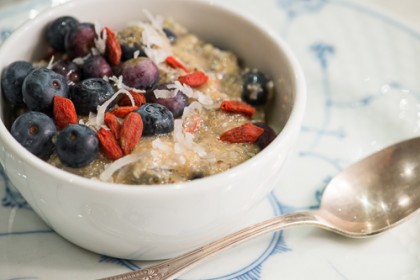
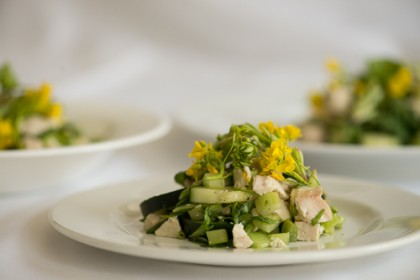
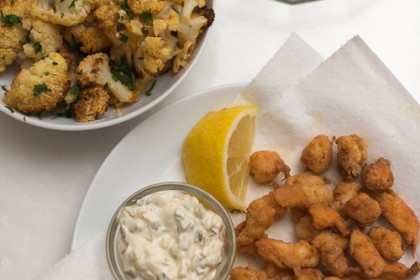
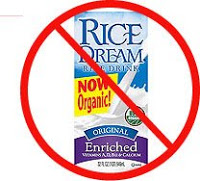
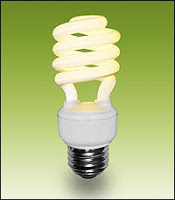

Lauren - This recipe looks delicious! Can’t wait to try it – what a great idea to freeze the leftovers.